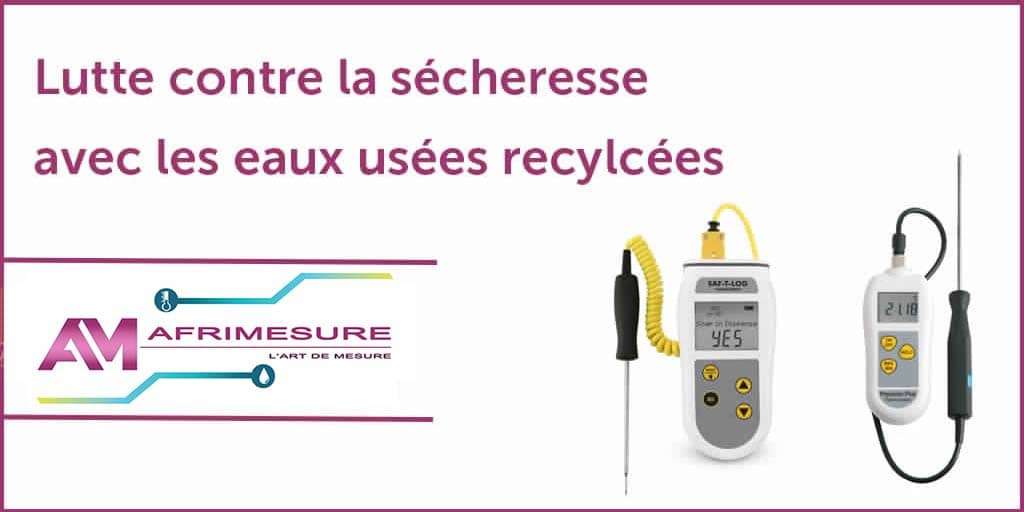
The state of California, ravaged by drought since 2012, is looking to manage its water resources better so that as much fresh water as possible can be reserved for human consumption. Of course, this challenge is amplified by the Golden State's gigantic agriculture industry, which requires a steady flow of water for forage crops. A study published last week by the University of California, Riverside offers hope that wastewater can be treated in effective new ways to maximize its value to farmers and support the state's water conservation initiatives.
Treated wastewater has been used in agriculture for years due to its high level of nutrients, including nitrogen, phosphorus and potassium. Before it can be redirected for irrigation use, however, wastewater must be treated in accordance with state and federal regulations to remove harmful pathogens. These contaminants include bacteria such as Salmonella, E. coli and Dysenteriae, viruses such as hepatitis and HIV, heavy metals, flammable gases, and a variety of other hazardous compounds.
The treatment process makes the waste safer but, ironically, less nutritious for plant life. This is because regulators don't want wastewater to be too powerful a fertilizer, lest it run off into streams, rivers and ponds. In these small bodies of water, runoff can easily over-fertilize algae, leading to thick clouds in the water. Blooms swollen with algae blocks overfeed sunlight and consume much of the water's oxygen, ultimately destroying both plant and animal life.
To create an effluent that complies with regulations and is safe for release into the ecosystem, facilities often use more than one treatment process. Each process targets a different set of pathogens or cleans the water in a different way. The series of wastewater treatment processes undergone before it meets regulatory standards is known as its "train". Different trains produce effluent with different nutrient balances.
By controlling what passes through the wastewater, treatment engineers can control the chemical and nutritional content of the resulting effluent. Research at UC Riverside has sought to identify and develop trains that will create treated water that is tailor-made to irrigate and fertilize a particular crop. Ultimately, one train could lead to water used to irrigate artichokes while another train creates water to irrigate lettuce and so on.
While California's prolonged drought has forced state residents and farmers alike to tighten their belts in terms of water use, it has also created an opportunity for some of the nation's brightest minds to rethink how we use water in the United States. In the near future, crops could benefit from custom-treated water to maximize yields and profitability while people assured that their drinking water supply is clean and plentiful.
It's through measuring instruments like thermometers and pH meters that we can control, analyze and recycle wastewater flows.